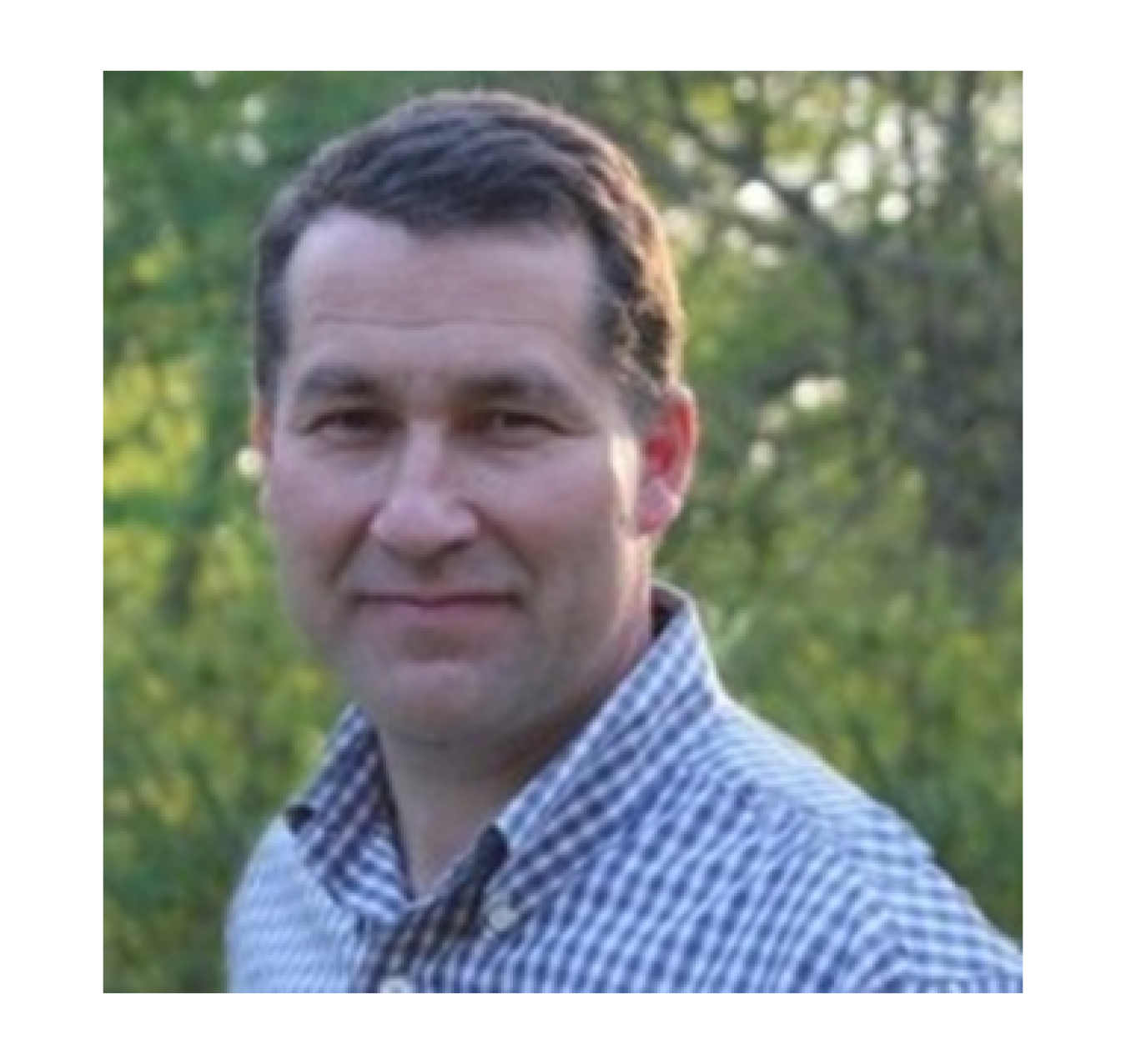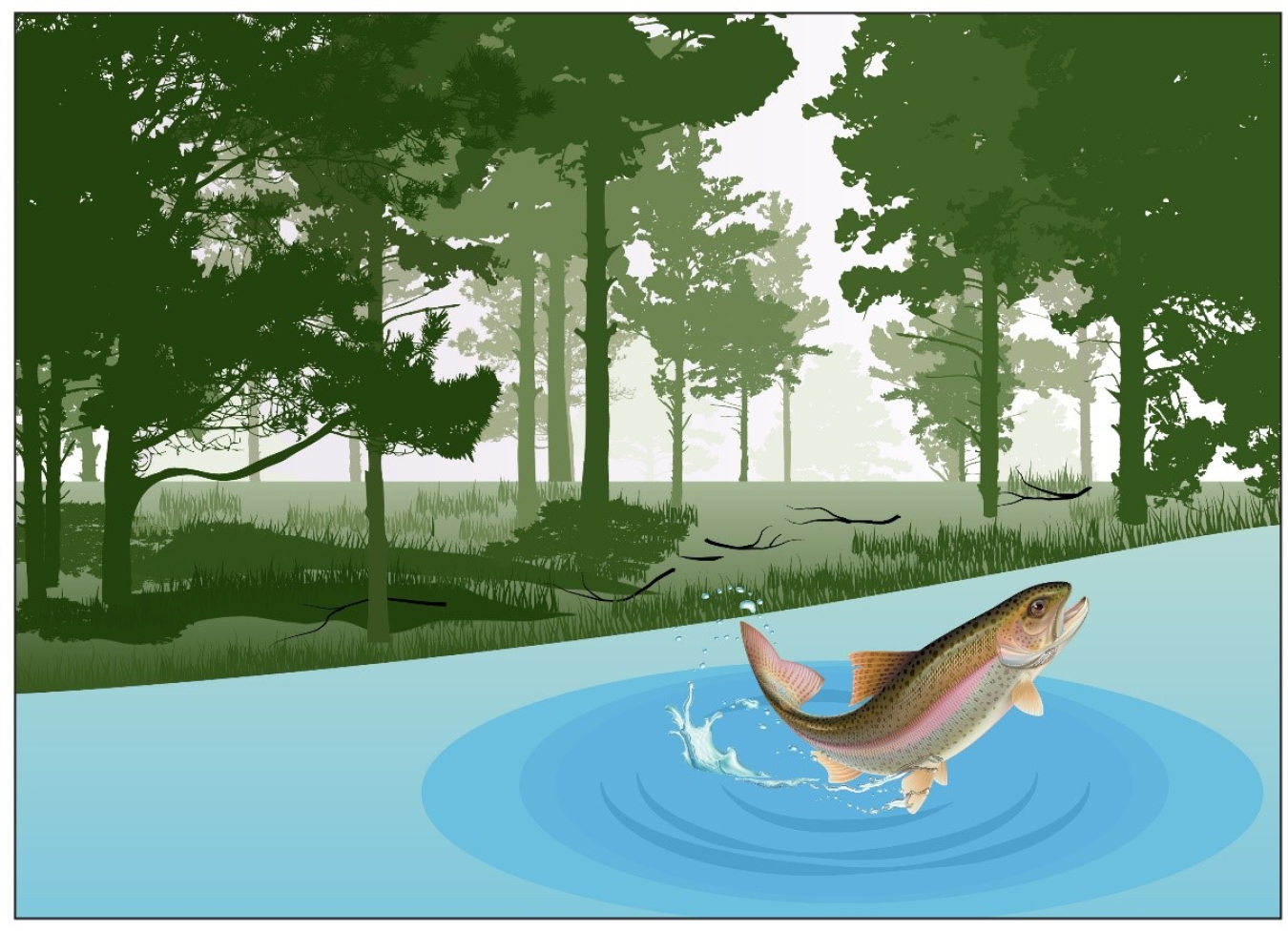
Author: Tim Theiss, Laboratory Relationship Manager, Oak Ridge National Laboratory
Read Tim's bio ►
Meet the other bloggers ►
Return to Bioprose blog ►
BIOPROSE BLOG
One Fish Model Study Leads to Three Wins for the Environment
Over the past two years, researchers at Pacific Northwest National Laboratory (PNNL), Oak Ridge National Laboratory (ORNL), and the U.S. Forest Service (USFS) have been modeling to understand the costs and benefits of thinning forests and the potential for improving habitat, yielding benefits not only for the environment, but also for the economy.
The Tripling Effect
Decision models linking process-based and biological models are powerful tools for determining how forest management can simultaneously produce biofuels and help restore at-risk salmonids. Beyond supplying biomass and salmon, selectively thinning Northwest forests also has a third benefit—reducing the risk of intense wildfires. The resulting decision support framework provides a valuable resource for wildlife managers by identifying locations where forest restoration will yield significant biomass while reducing wildfire risk, improving the timing of runoff, and helping threatened and endangered species.
Thinning scenarios that restore threatened and endangered species while lowering the risk of high-intensity fires creates a triple win scenario—and that’s good news for the biomass industry. Forest restoration efforts in the Pacific Northwest can tap into an international biomass market capable of purchasing pellets from a region largely new to the biomass industry, increasing American competitiveness.

Researchers at PNNL, ORNL, and USFS have developed spatial models linking wildlife species, landform-specific forest thinning treatments, and hydrologic flow regimes with the habitat for juvenile spring Chinook salmon and bull trout.
Modeling Complex Systems
Thinning can be part of an effective forest management strategy. The Wenatchee basin has experienced significant changes over the past century, with historical open forest and grasses growing into fuel-rich dense forest. Low to the ground thinning of dry/moist forest to harvest small-diameter trees enables the remaining trees to grow stronger. Thinning also influences hydrology by creating gaps in the forest canopy, storing more snow. This snow melts later in spring and summer. High flows in spring inundate floodplains where juvenile salmon and bull trout feed on insect prey. Summer is a critical time for cold-water fishes and adding snowmelt beneath the canopy can increase summer low flows and reduce stream temperatures.
Locating where to restore forests presents a challenge. To tackle this question, PNNL researchers are using a distributed hydrologic model (DHSVM) to relate forest treatments to streamflow and temperature. Meanwhile, ORNL researchers are developing probabilistic models called ‘Bayesian Network’ (BN) models linking streamflow and temperature from DHSVM to fish habitat quality. Previous modules to quantify fish development and survival for early life stages are being incorporated with the BN to account for seasonal timing of flows and temperatures. This year, the USFS Ecosystem Management Decision Support model, will be used to evaluate synergies among thinning effects, including fire risk reduction, biofuel feedstock production, improved seasonal streamflow, and enhanced fish habitat.
Spatial Connectivity
Not only do the BN salmonid models represent how forest treatment influences fish habitat in one place, they can also factor in that both species migrate to spawn upstream during late summer and fall. For some life history forms, thinning in an upstream watershed can only benefit juveniles born upstream if they later have access to deeper habitat downstream. The salmonid model can assess the quality of connected tributary and mainstream habitats throughout the Wenatchee basin for both species, providing data helpful in identifying areas where thinning the forest is most likely to help restore fish populations.
Future Focus: Just Keep Swimming
The PNNL, ORNL, USFS collaboration will continue for several more years, allowing researchers to improve decision-making tools and measure environmental benefits—keeping the salmon swimming upstream in the Wenatchee.
This work was funded through the Department of Energy’s Bioenergy Technologies Office, which establishes partnerships with key public and private stakeholders to develop technologies for producing cost-competitive advanced biofuels from non-food biomass resources, including cellulosic biomass, algae, and wet waste (e.g., biosolids).

